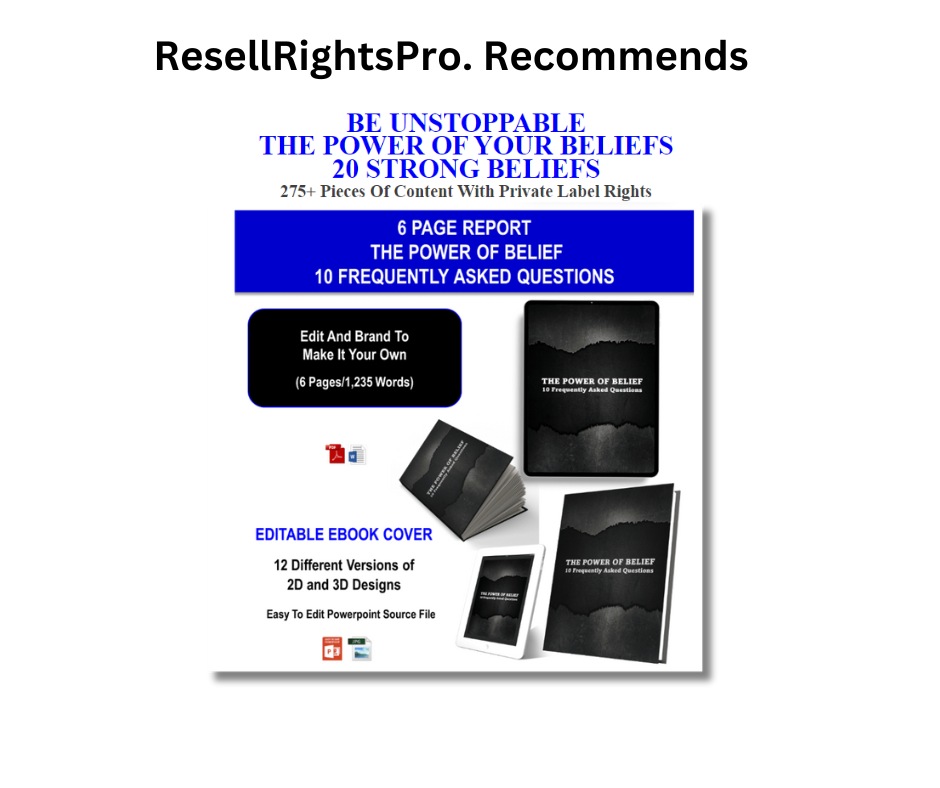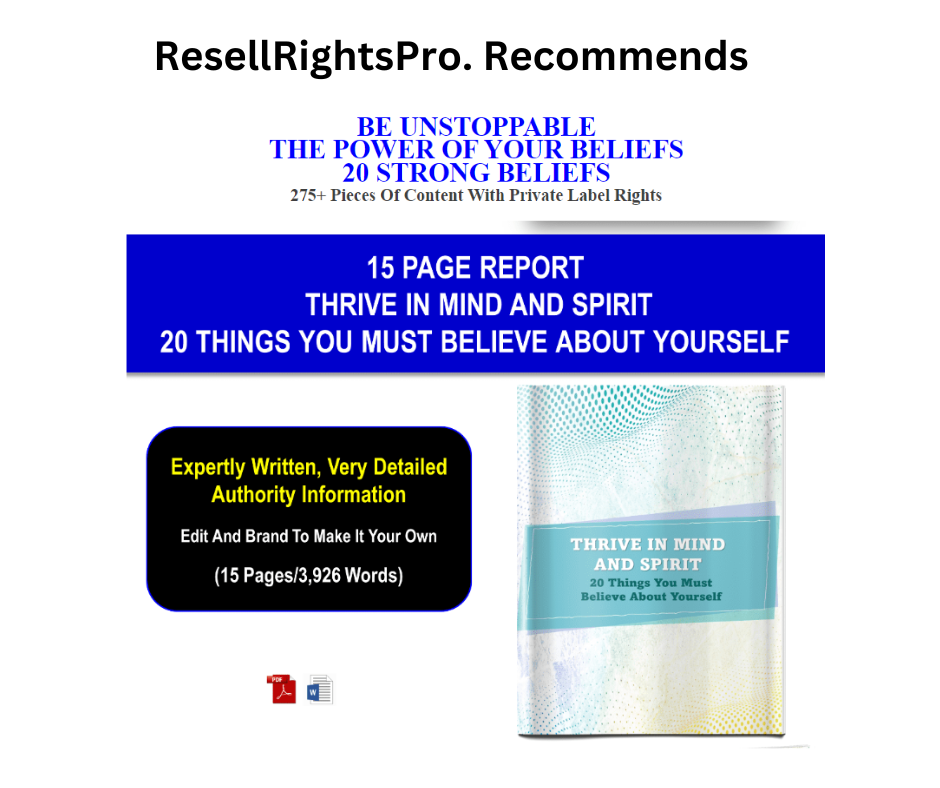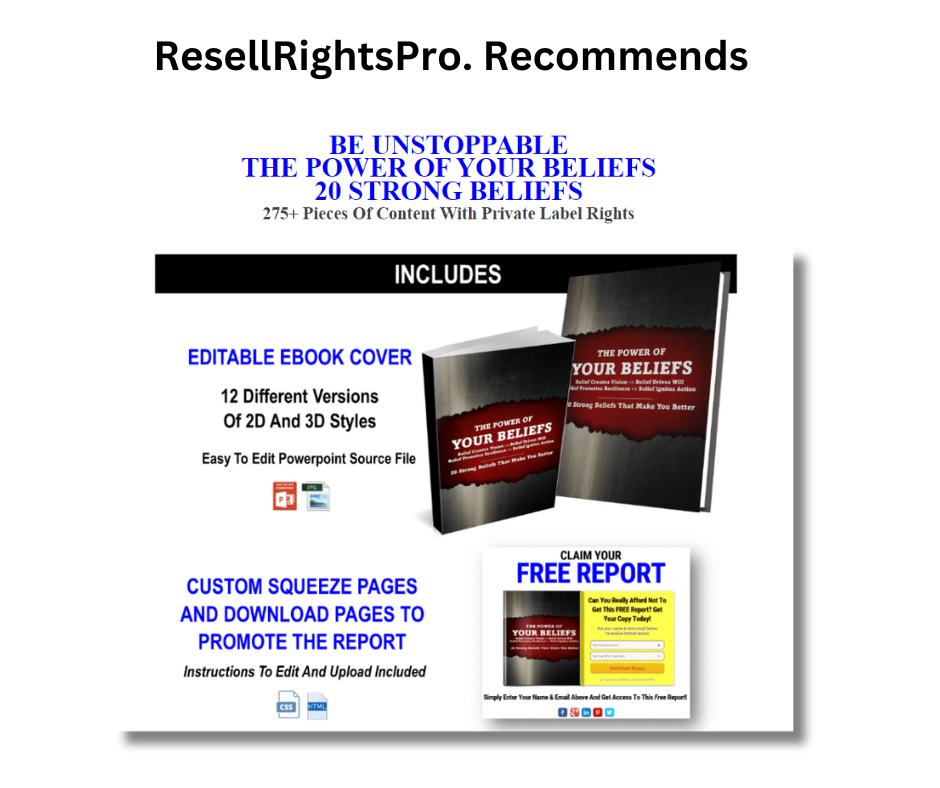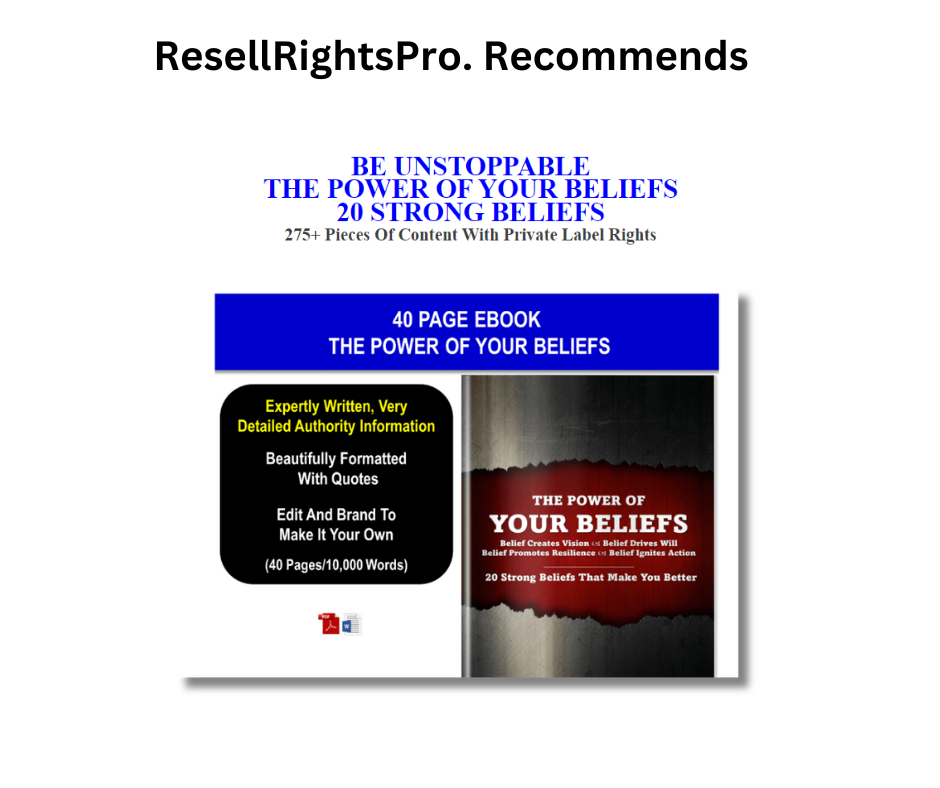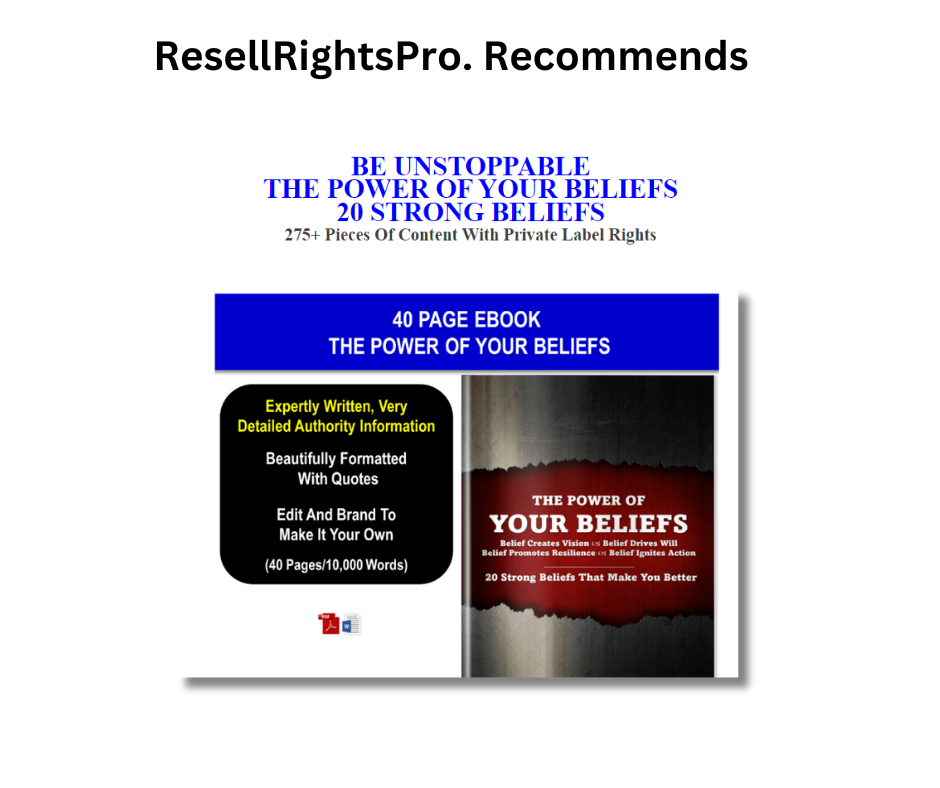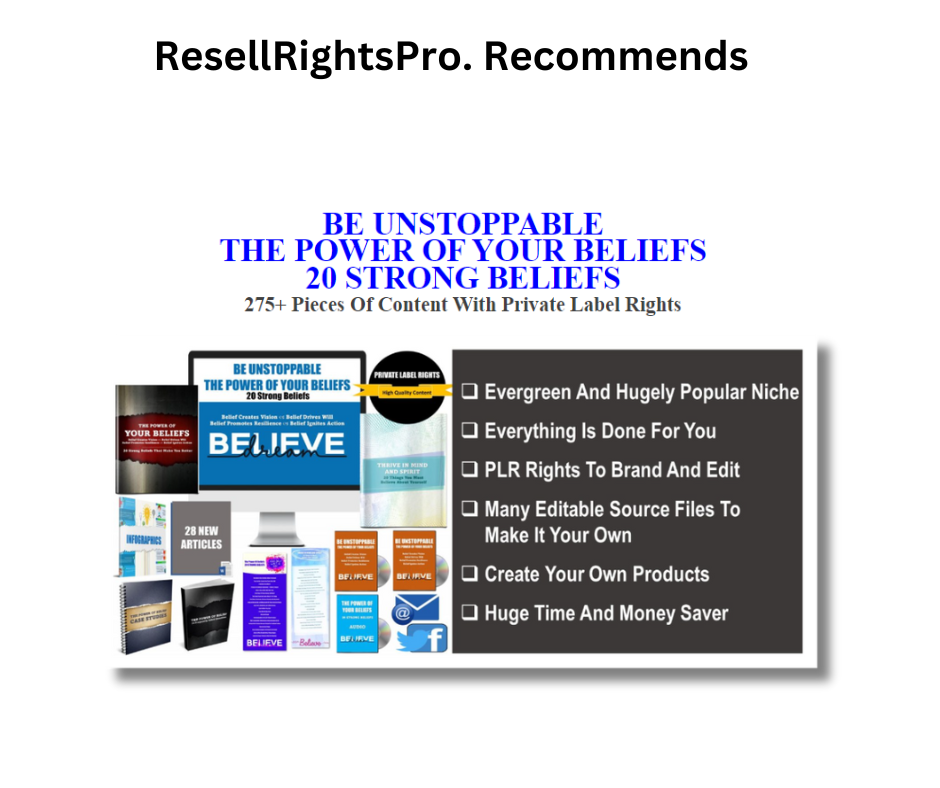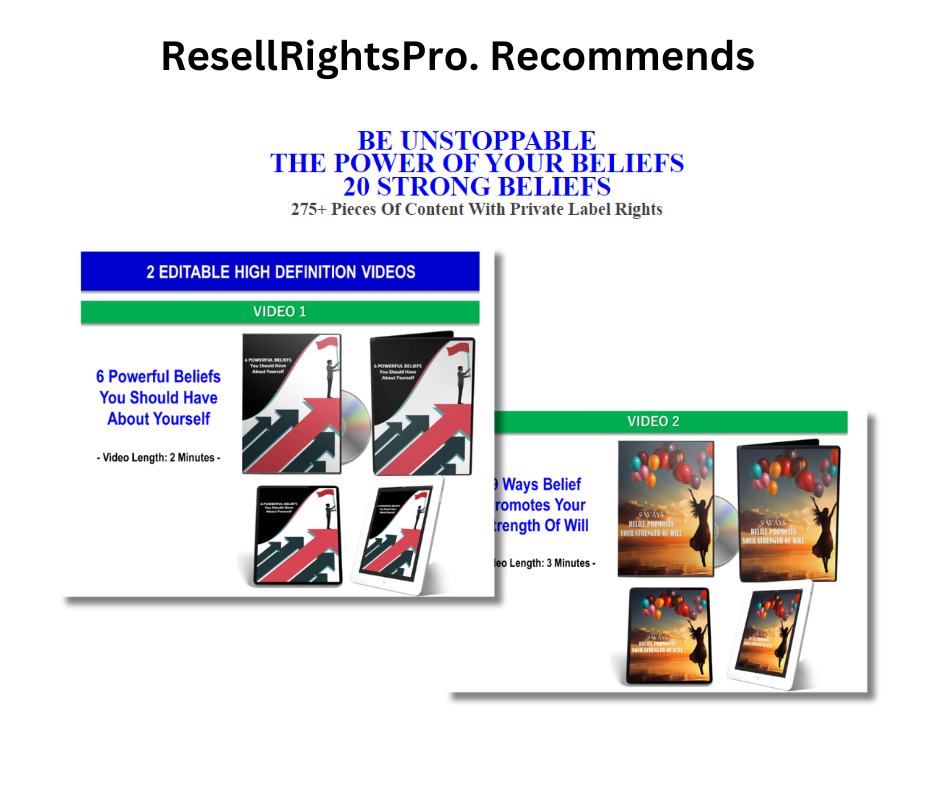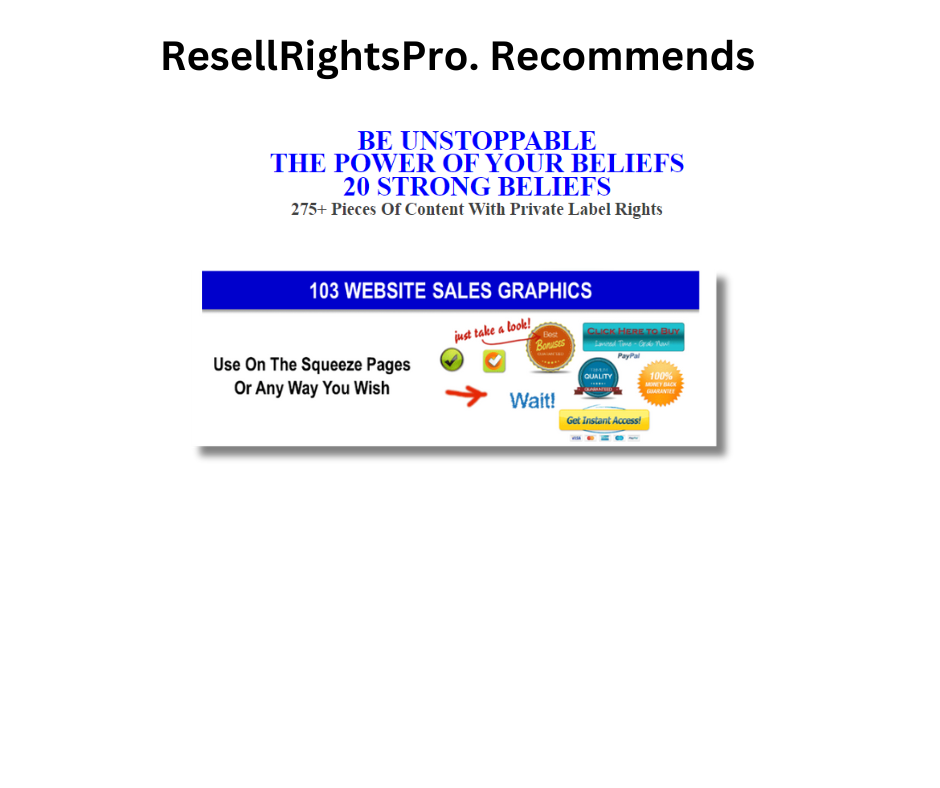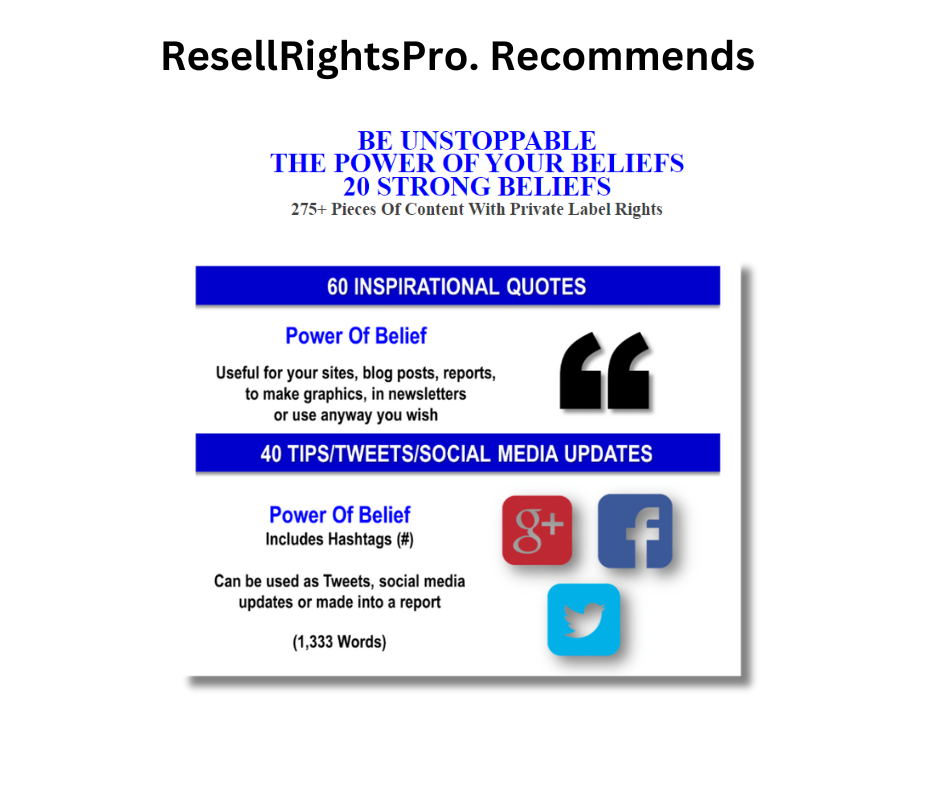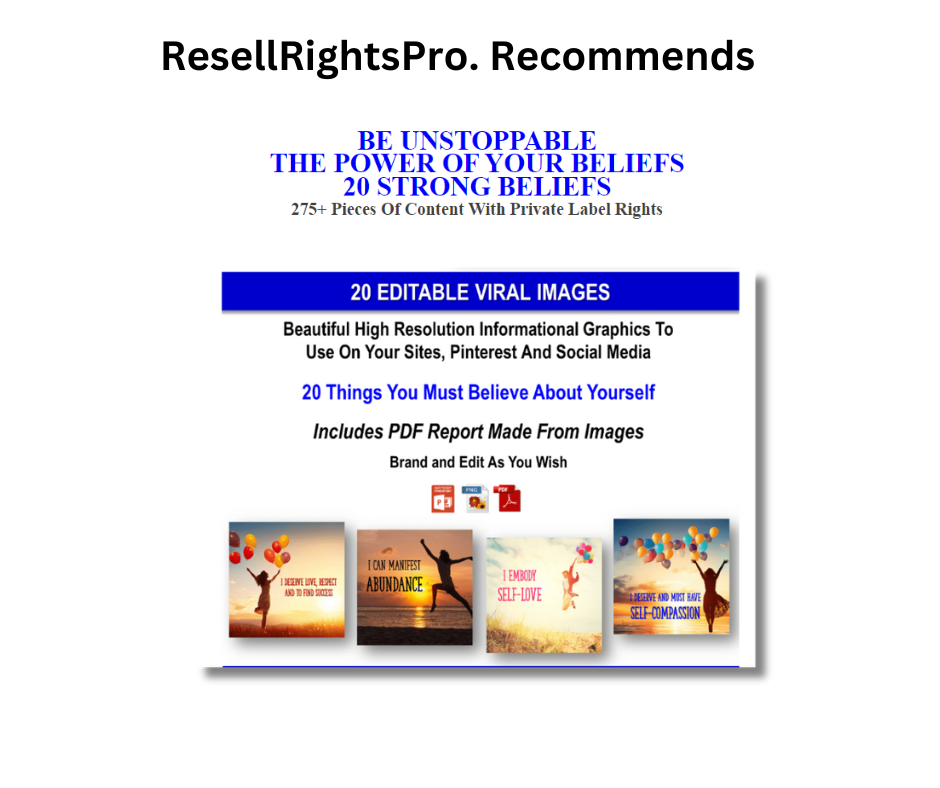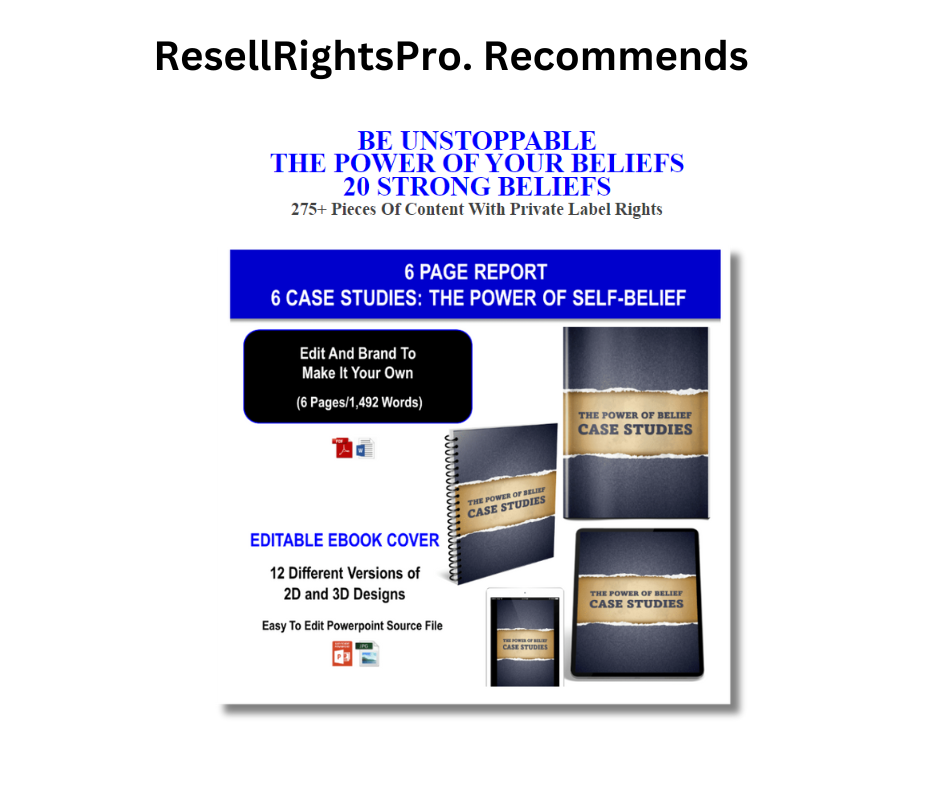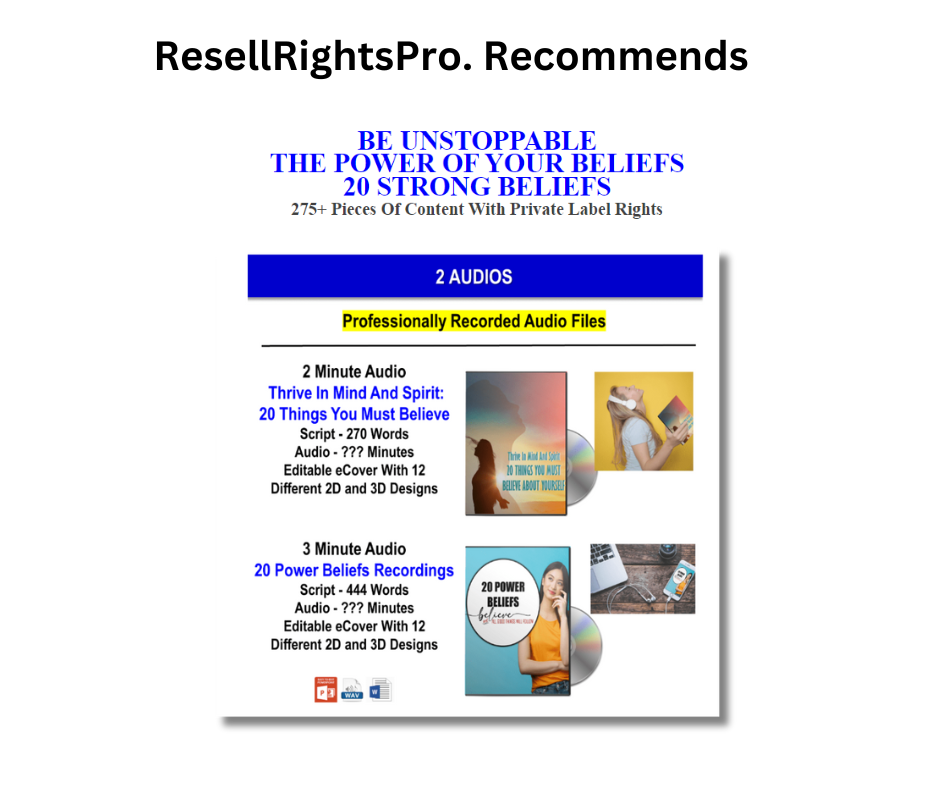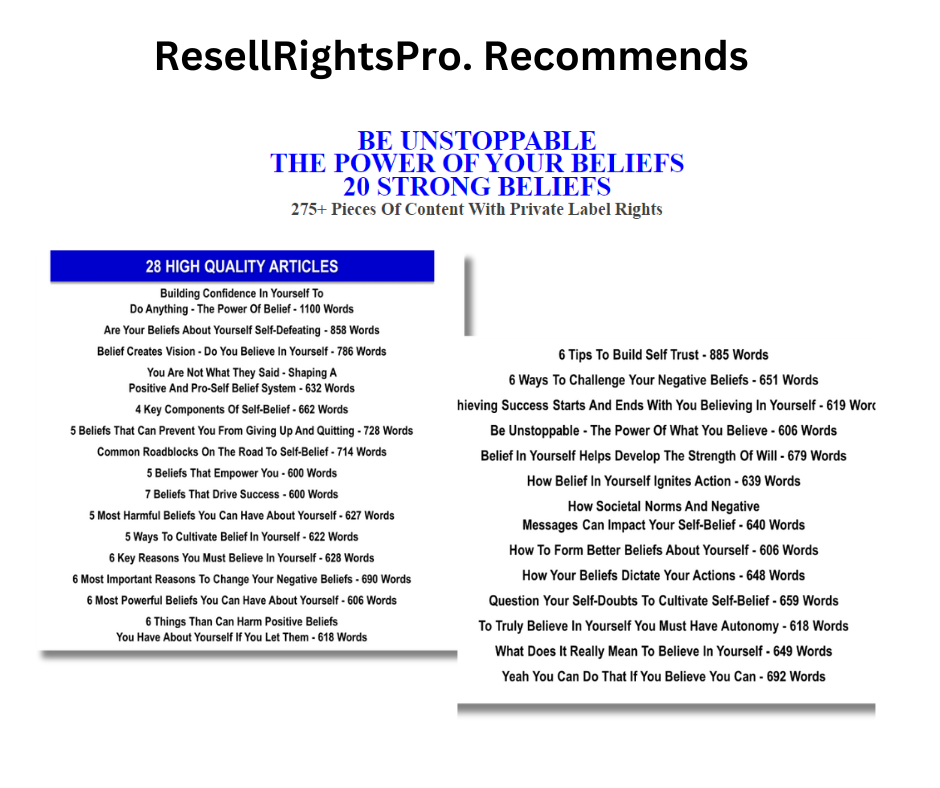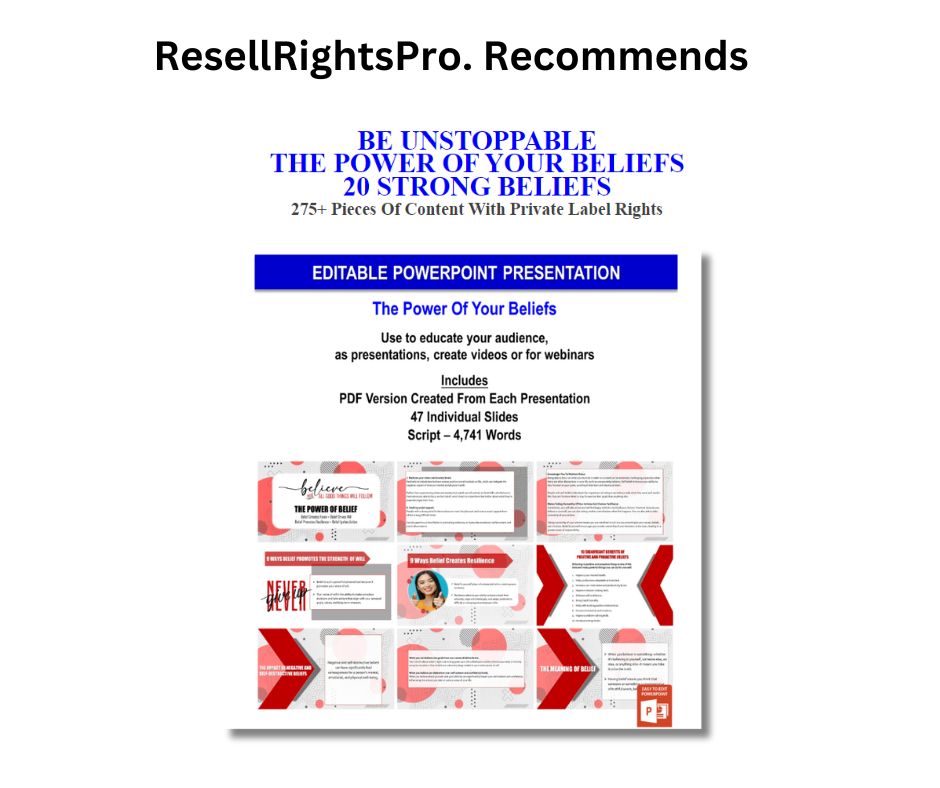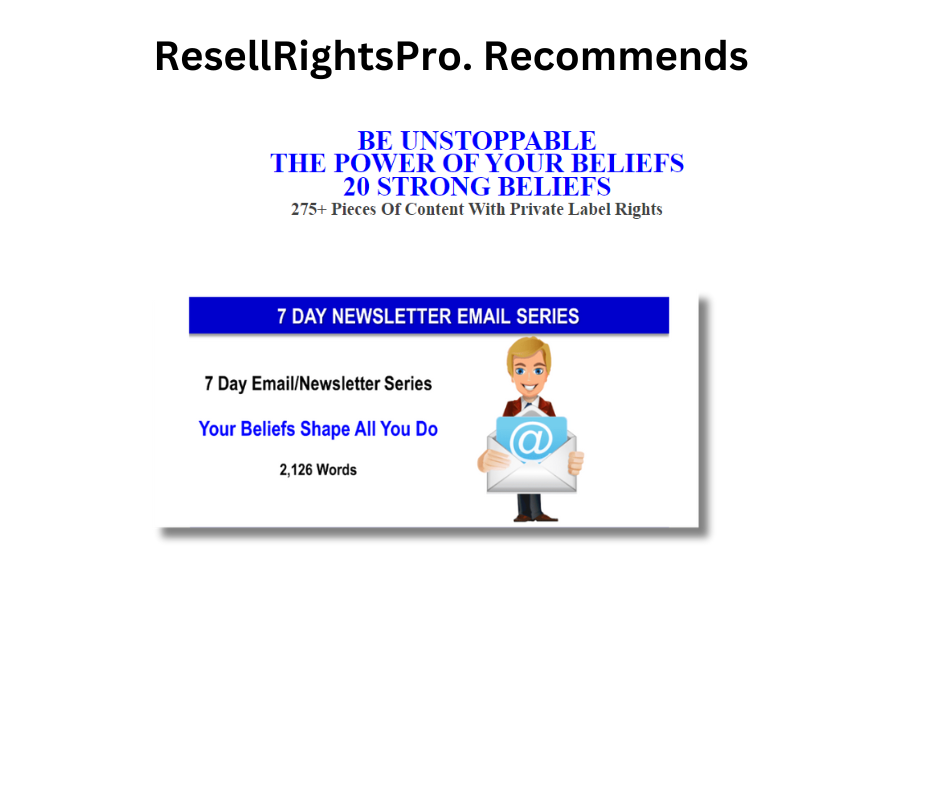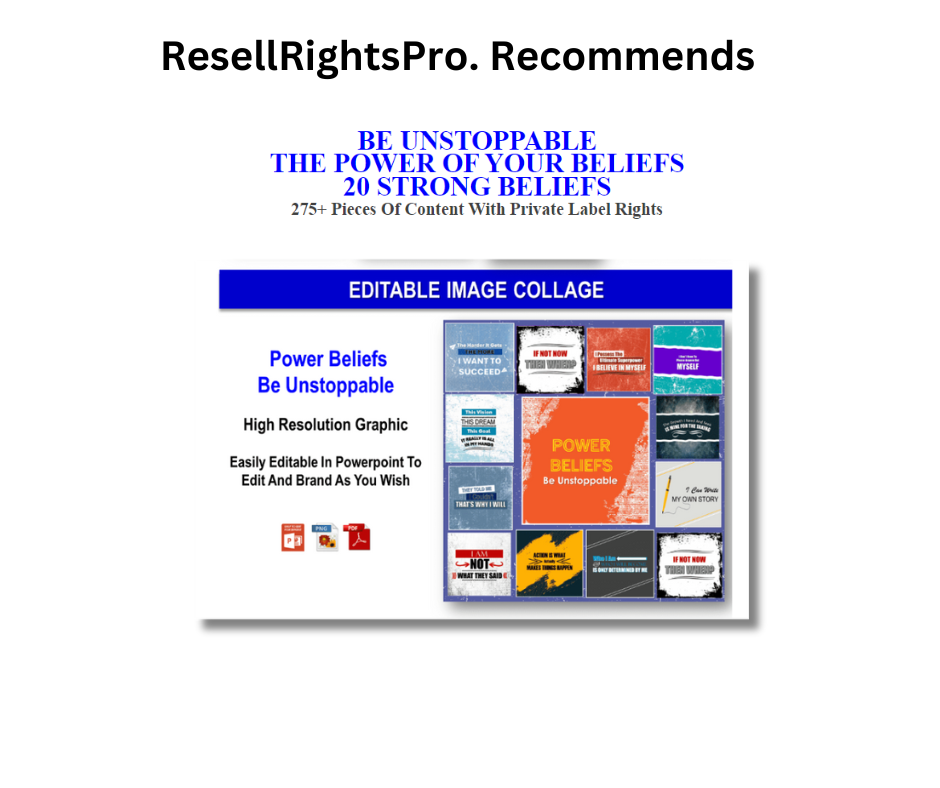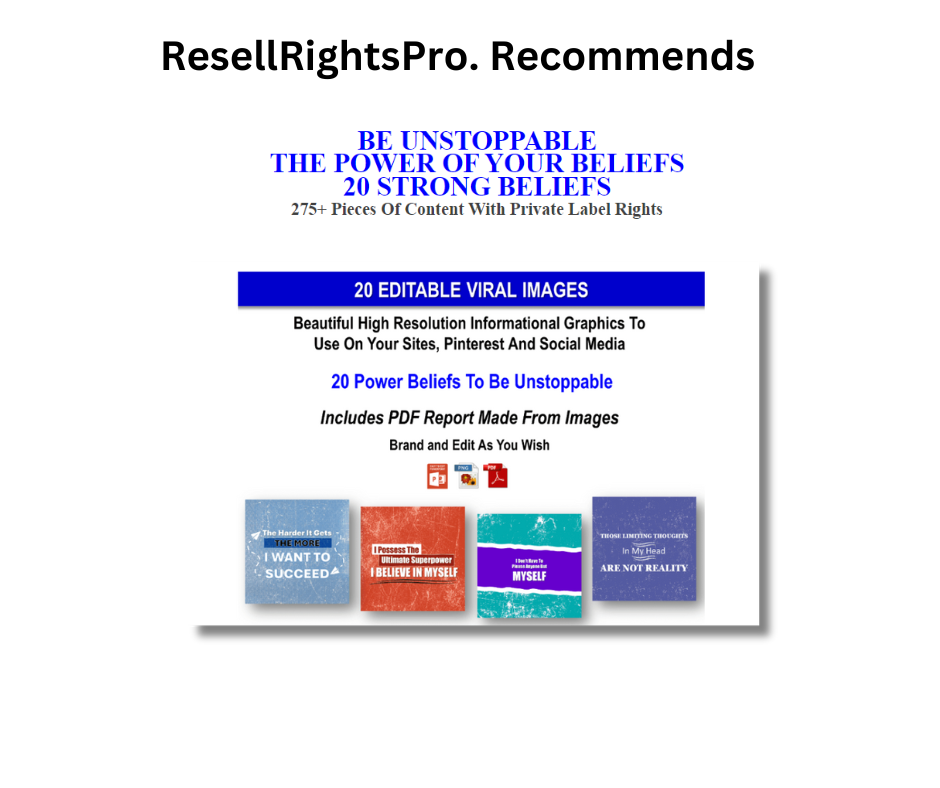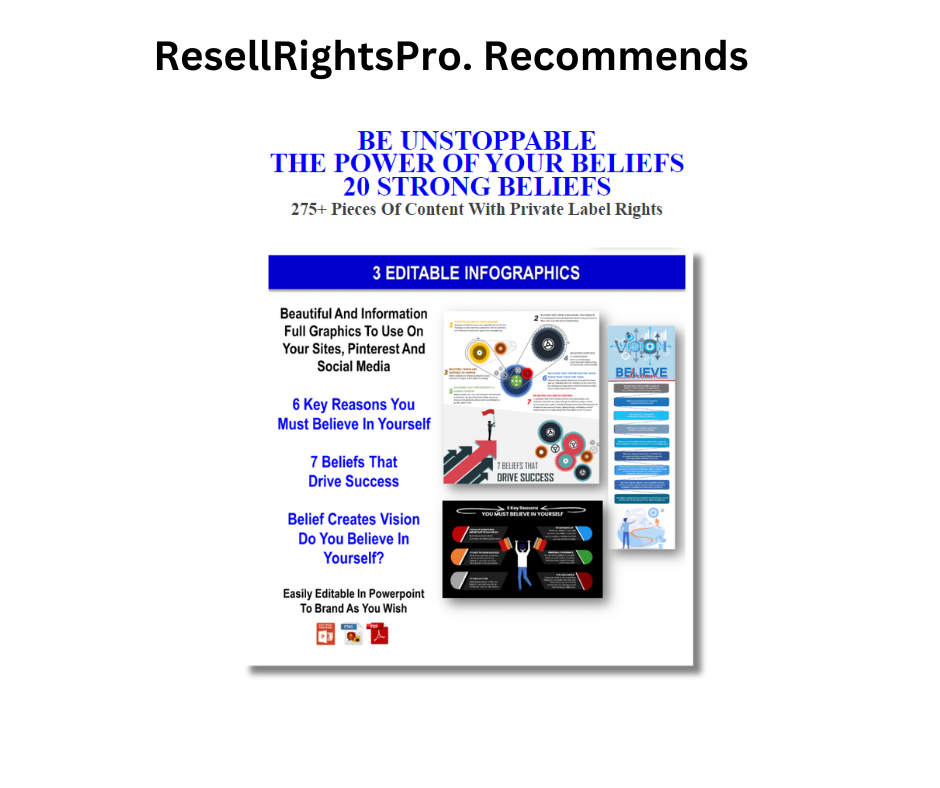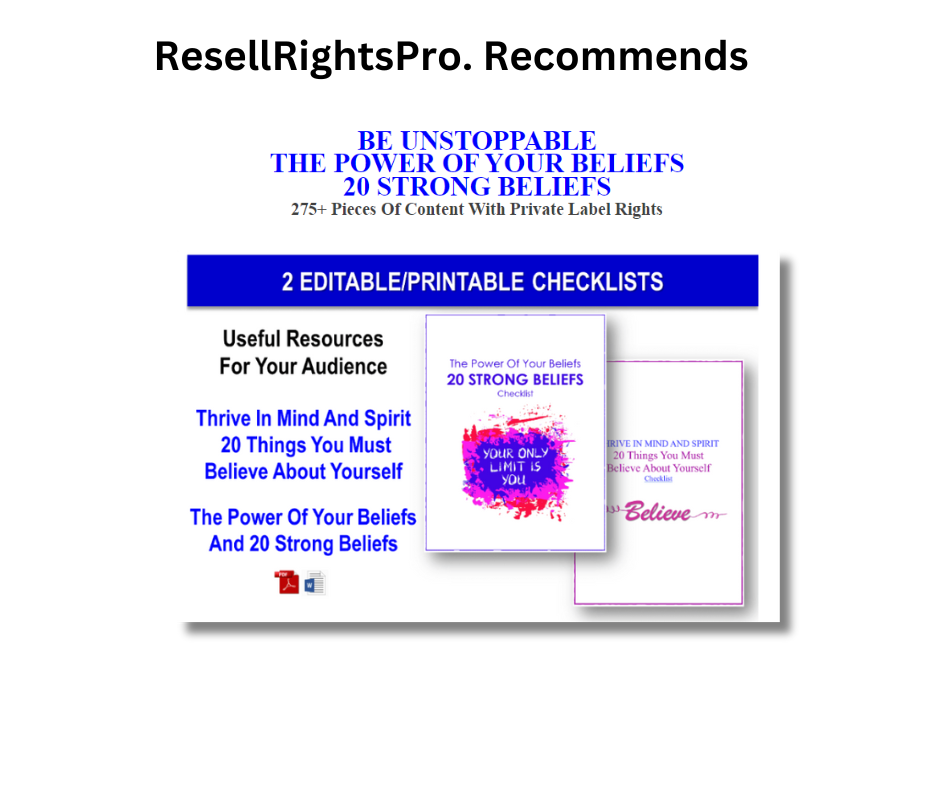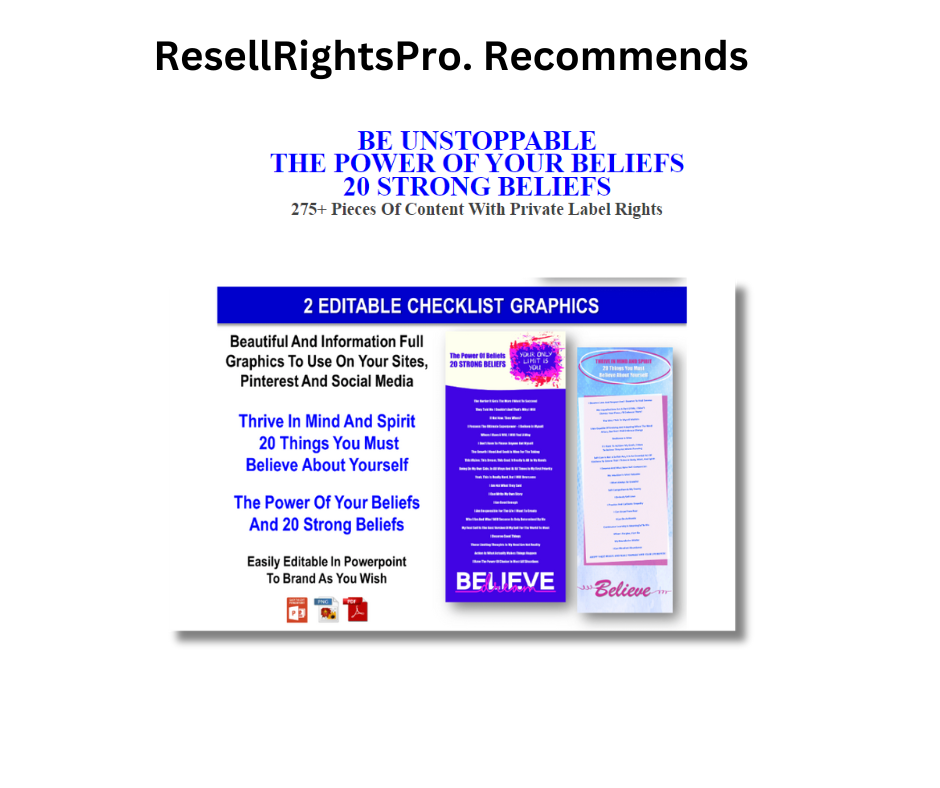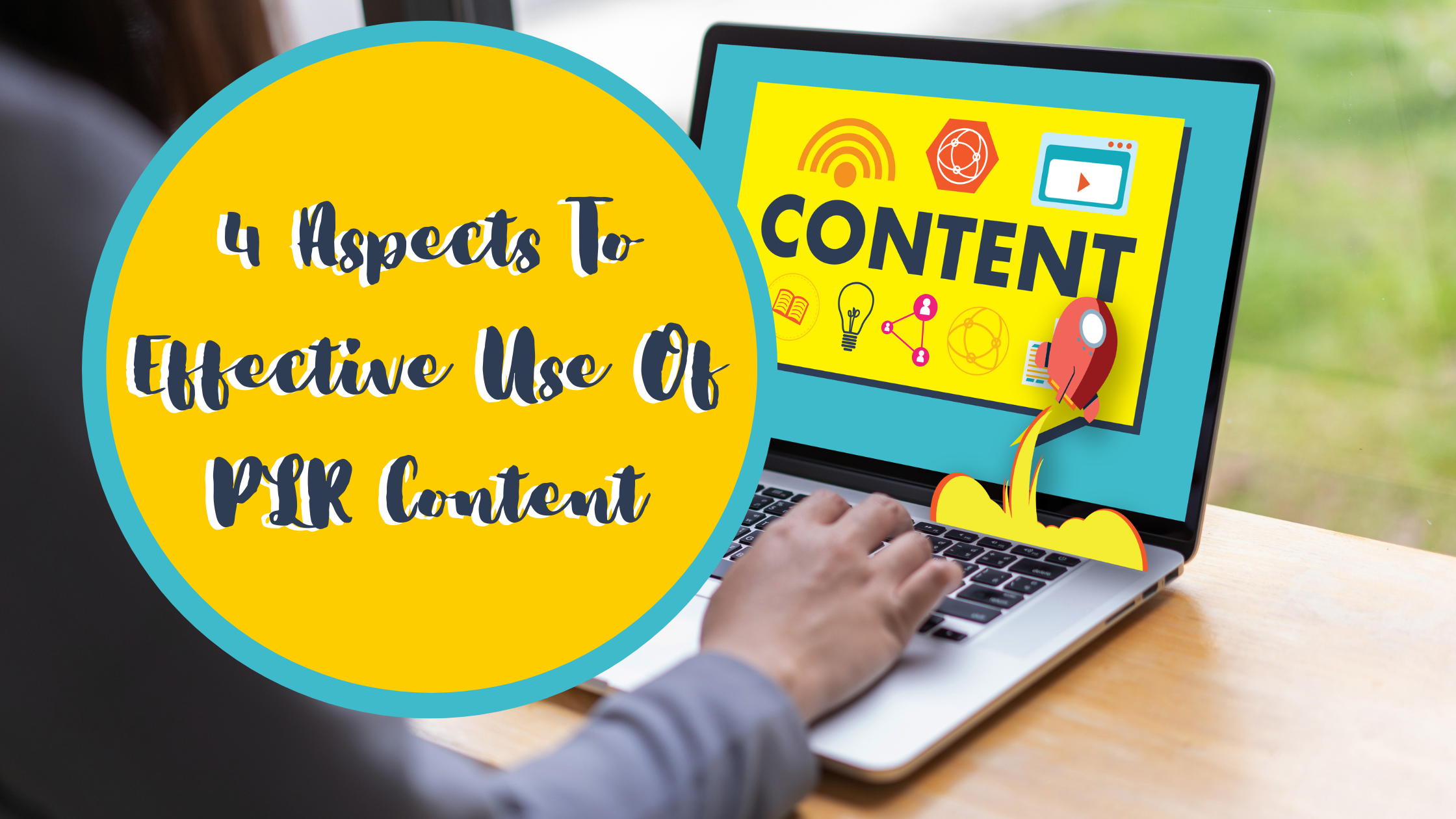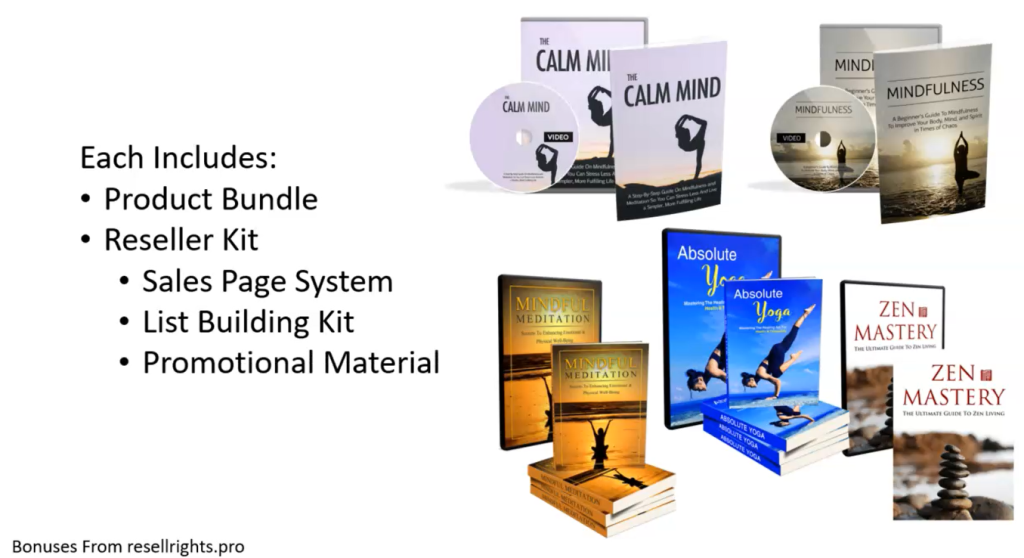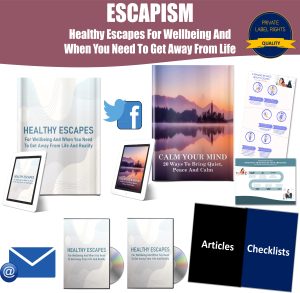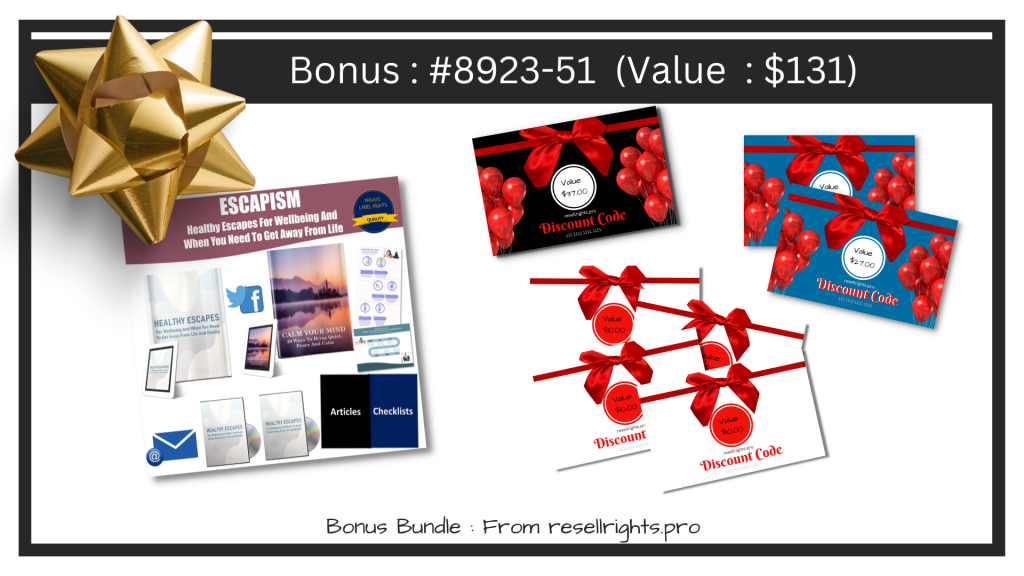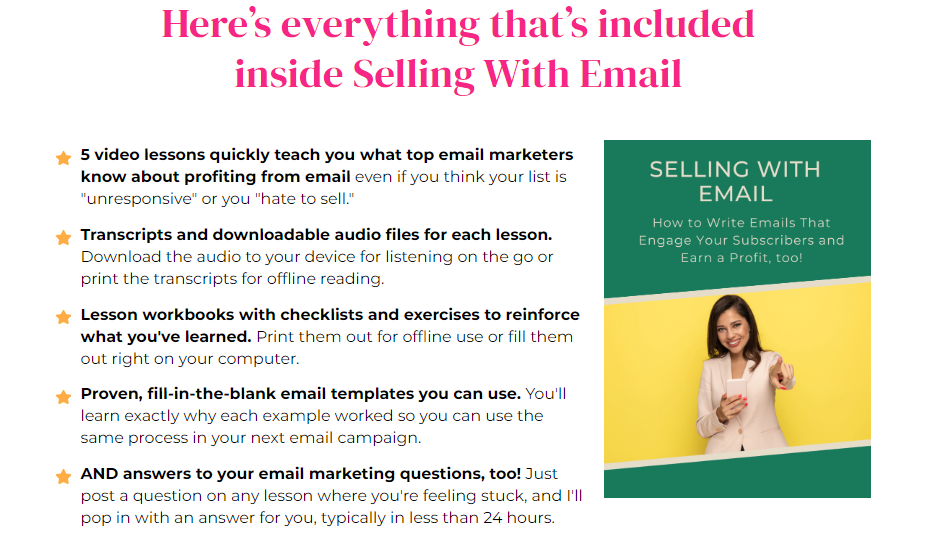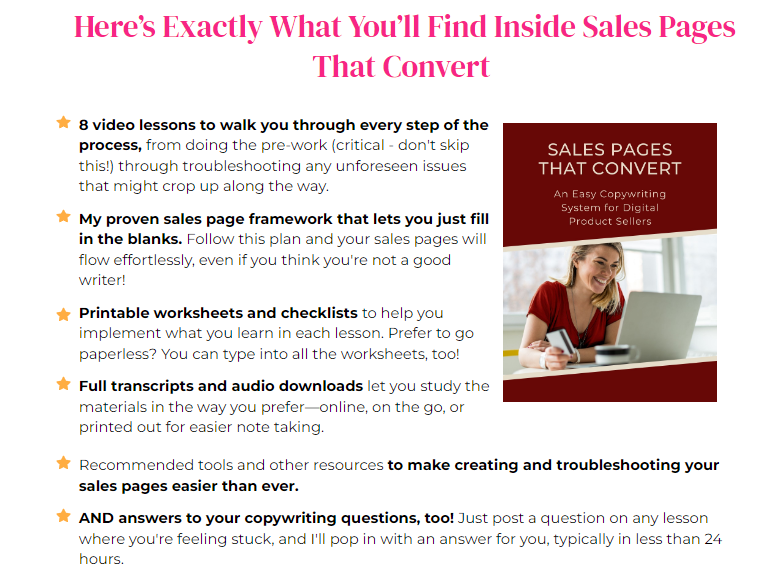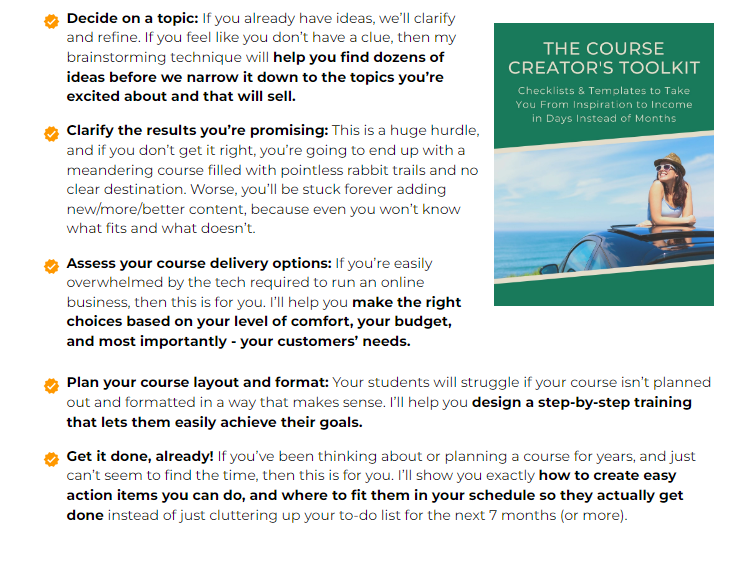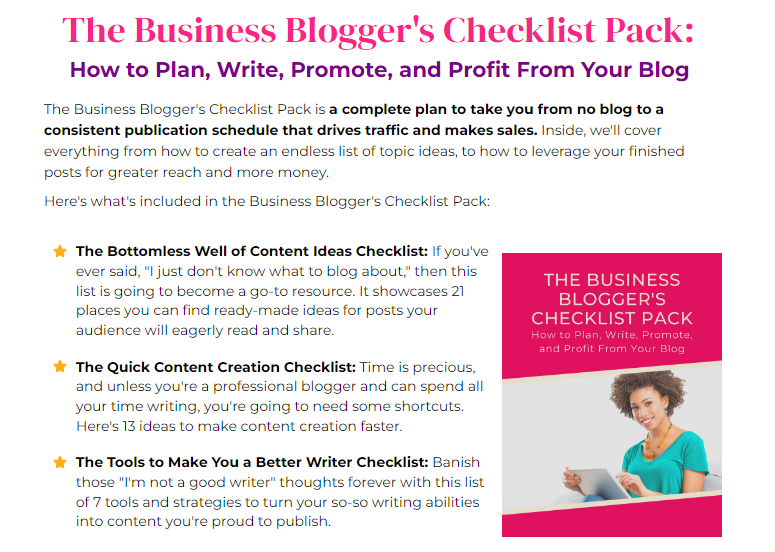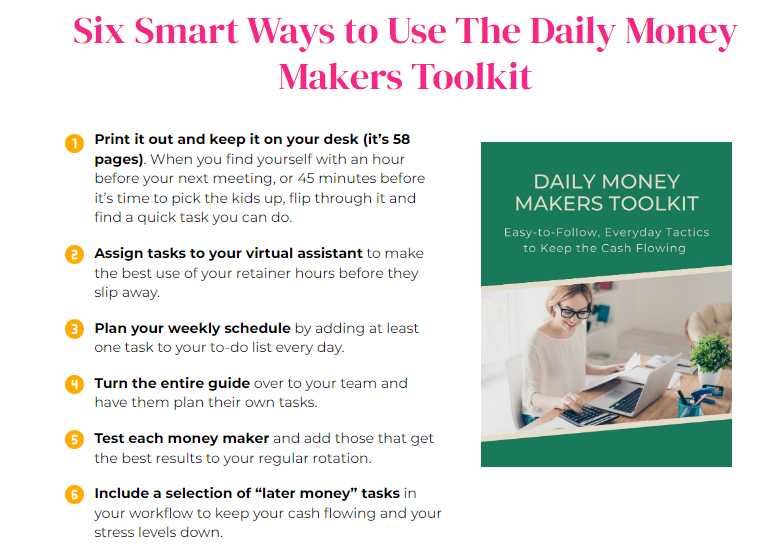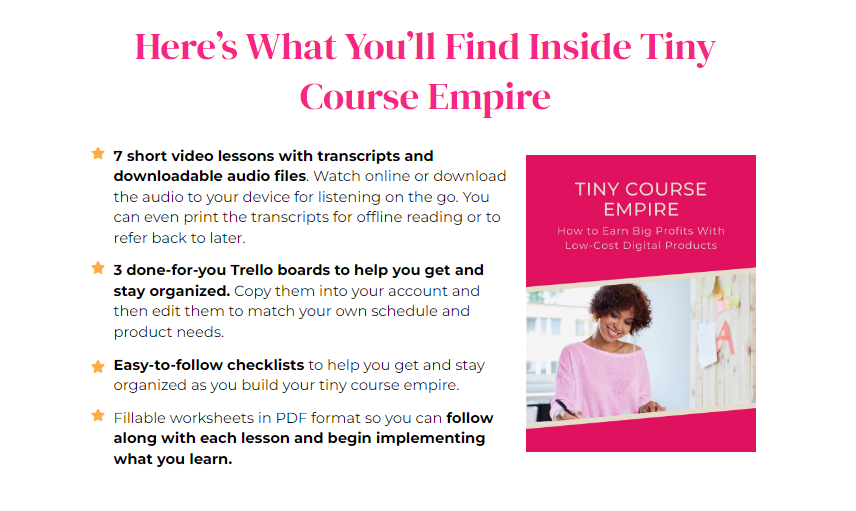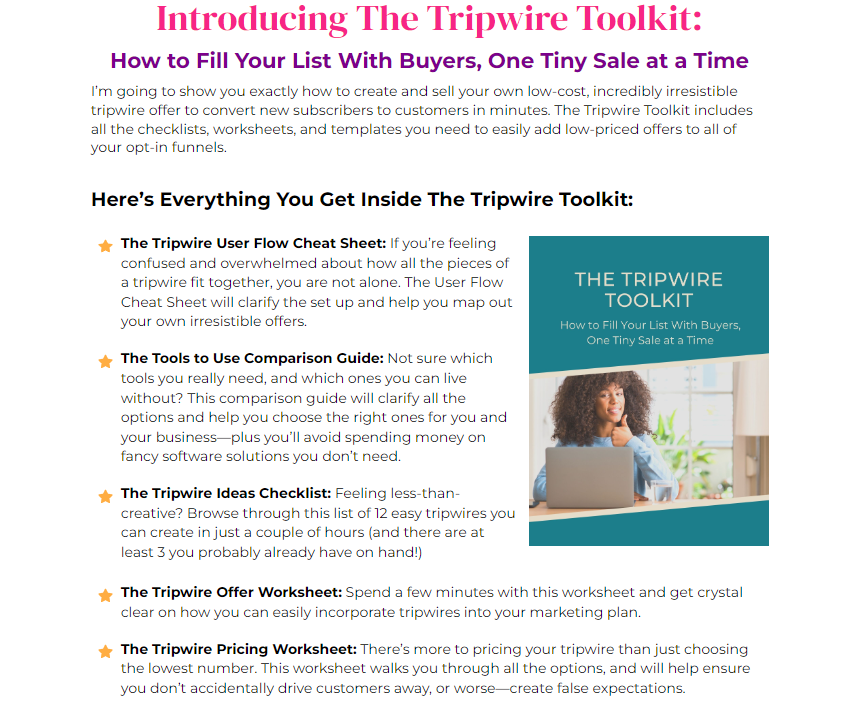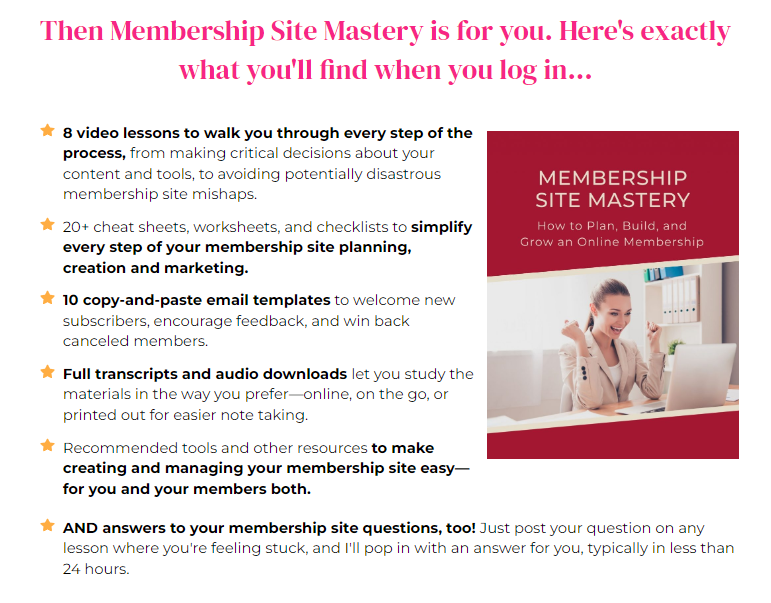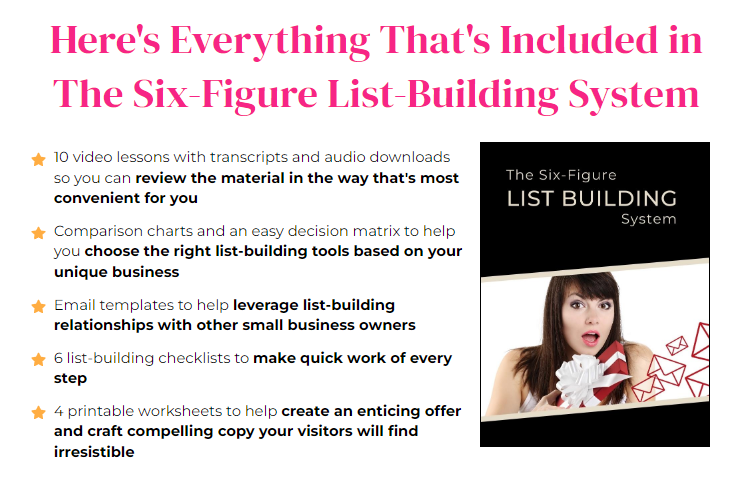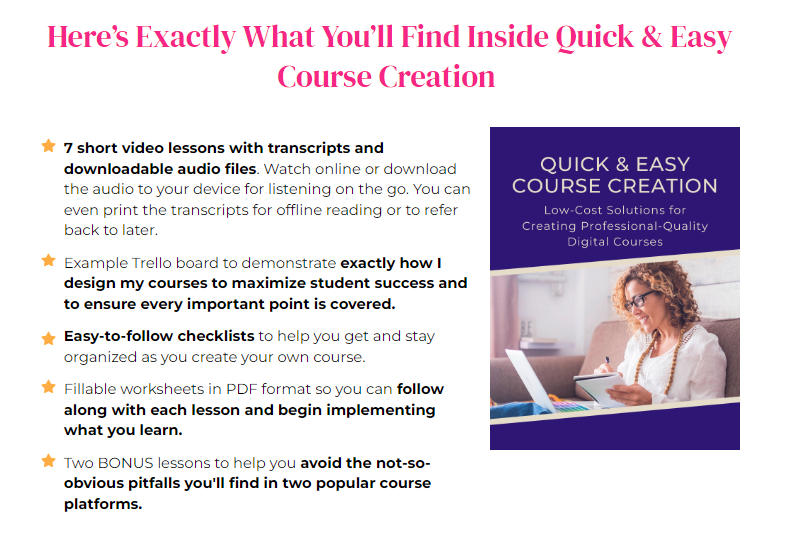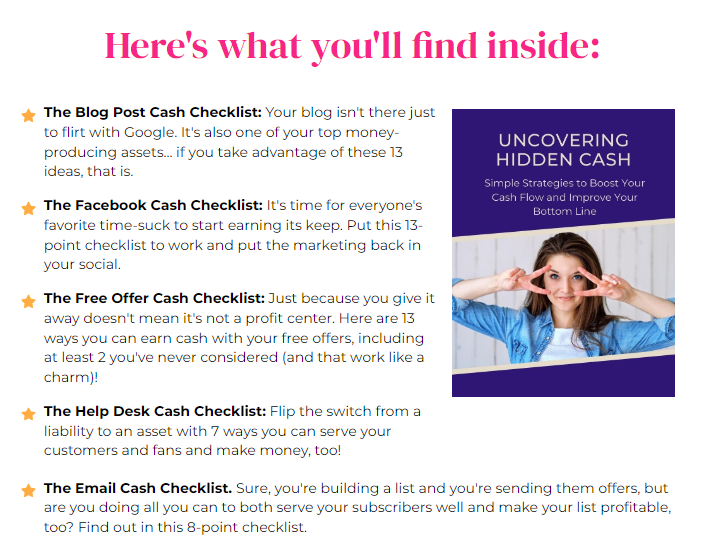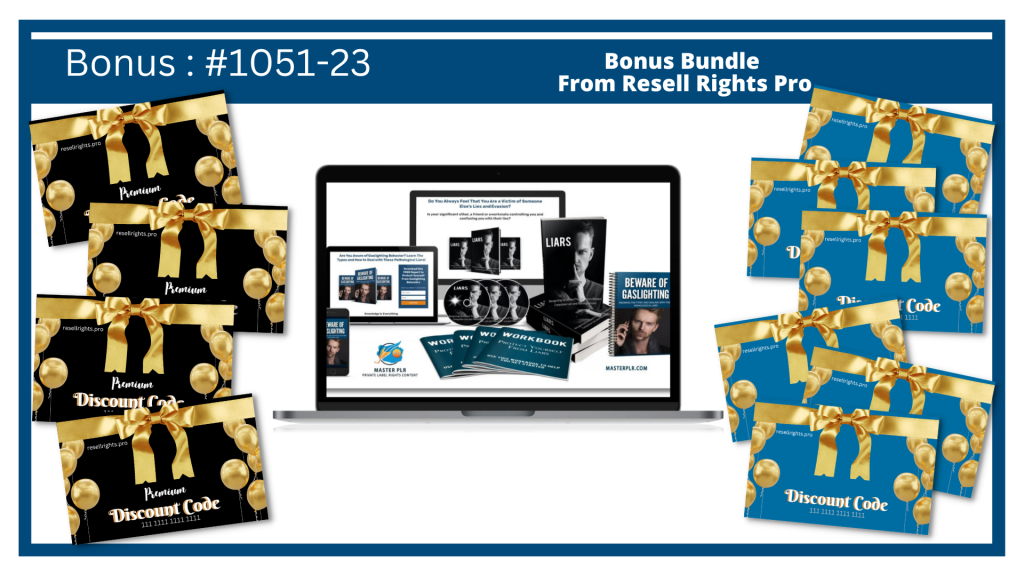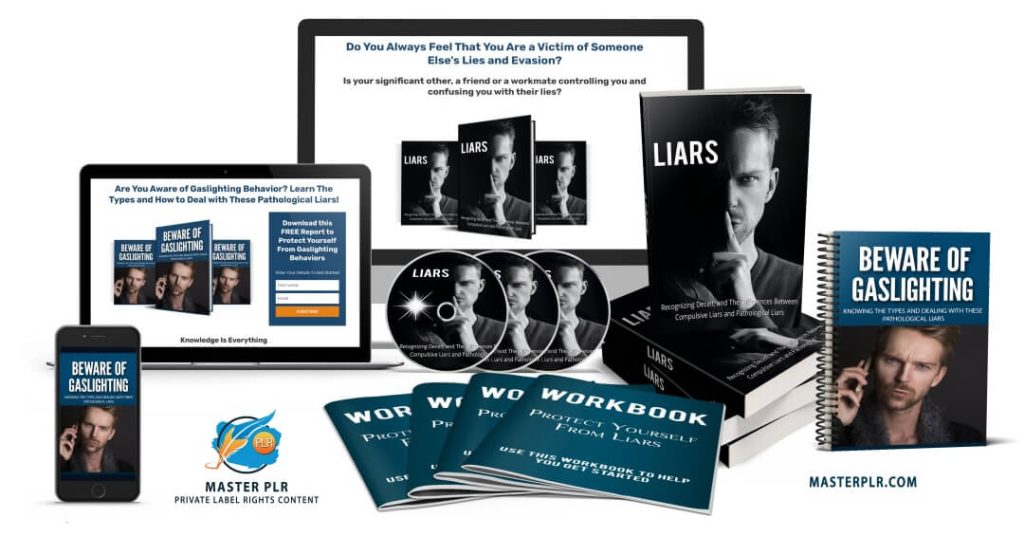Introduction:
In today’s fast-paced digital realm, where information is abundant and attention spans are fleeting, the creation of content has evolved into an art form that demands more than just superficial engagement. The era of churning out generic, run-of-the-mill content is fading, making way for a new paradigm: value-added content. In a world saturated with information, value-added content serves as a beacon of light, offering readers a richer, more meaningful experience that goes beyond the surface level.
Imagine scrolling through your favorite social media platform, sifting through a sea of articles, videos, and posts. Amid this digital cacophony, certain pieces stand out like gems in the rough – these are the value-added content pieces. They grab your attention not just because of their catchy headlines or flashy visuals, but because they promise to provide something genuinely valuable. They address your pain points, answer your burning questions, or offer insights that provoke thought and action.
Value-added content is the embodiment of a creator’s commitment to their audience. It’s content that respects the reader’s time and intelligence by going beyond the obvious, delving into deeper layers of understanding, and delivering practical takeaways. Whether it’s a blog post, a podcast episode, a video tutorial, or an infographic, the hallmark of value-added content is its ability to leave the audience better informed, inspired, or equipped to tackle challenges.
In essence, value-added content is not just a one-way transmission of information; it’s a two-way dialogue between creator and consumer. It establishes a connection that goes beyond fleeting clicks and views, forging a relationship built on trust, credibility, and shared interests. By offering genuine value, creators can position themselves as authorities in their respective niches, fostering a community that eagerly anticipates each new piece of content.
As we delve deeper into this exploration of value-added content, we will uncover the key principles that underpin its creation, dissect the essential elements that set it apart, and guide you through the process of crafting content that truly resonates. Whether you’re a seasoned content creator looking to elevate your creations or a newcomer seeking to make a meaningful impact, this guide will equip you with the knowledge and tools to produce content that stands out in a digital landscape saturated with mediocrity.
So, let’s embark on this journey to unravel the intricacies of value-added content and learn how to captivate, educate, and inspire audiences in ways that leave an indelible mark on their lives and experiences.
Defining Value:
In the vast ocean of digital content, the distinction between ordinary content and value-added content is akin to the difference between a passing breeze and a breath of fresh air. Ordinary content tends to skim the surface, presenting information that is readily available, often without a unique perspective or depth of insight. It’s the kind of content that might briefly capture attention but quickly fades into the background noise of the online world.
On the other hand, value-added content is a beacon of authenticity and depth. It goes beyond the superficial to provide readers with something that is not just informative, but transformative. Value-added content is like a well-crafted dish that doesn’t just fill your stomach but delights your senses, leaving you satisfied and craving for more. It seeks to offer more than what can be found with a simple Google search or a quick scroll through social media.
Differentiating between Ordinary Content and Value-Added Content:
- Depth of Insight: Ordinary content may touch on the surface of a topic, whereas value-added content dives deep, offering nuanced perspectives, fresh interpretations, and in-depth analysis. It doesn’t shy away from complexity but embraces it to provide a comprehensive understanding.
- Actionable Takeaways: While ordinary content might provide general information, value-added content offers actionable insights. It doesn’t just tell readers what they need to know; it shows them how to apply that knowledge in their lives or work.
- Problem Solving: Value-added content shines particularly bright when it addresses real-world challenges and offers practical solutions. It doesn’t just identify problems; it guides readers through a step-by-step process to overcome them.
- Originality: Ordinary content often regurgitates widely known facts, whereas value-added content adds a layer of originality. It might present new research findings, share personal experiences, or offer unique anecdotes that resonate with readers on a deeper level.
- Engagement: Value-added content invites readers to engage on a more intellectual and emotional level. It prompts them to think critically, ask questions, and explore further. This engagement can lead to meaningful discussions and interactions.
Perception of Value Across Audiences:
Value is a subjective concept, and what one person finds valuable might not resonate as strongly with another. Audiences vary widely in their preferences, needs, and expectations. For instance:
- Professionals and Experts: A value-added piece for professionals might involve advanced insights, cutting-edge research, and industry-specific analyses. They seek content that challenges their existing knowledge and pushes them to stay at the forefront of their field.
- Novices and Beginners: Beginners might find value in content that breaks down complex concepts into easily digestible portions, offers step-by-step guidance, and provides foundational knowledge.
- Problem Solvers: Those seeking solutions to specific challenges value content that offers practical, actionable advice. They appreciate content that not only identifies problems but also provides clear paths toward resolution.
- Curious Explorers: Individuals driven by curiosity may value content that offers new perspectives, sparks creative thinking, and invites them to question the status quo.
By understanding that value can be perceived differently across audiences, creators can tailor their value-added content to meet the unique needs and expectations of their target demographic. This customization ensures that the content resonates deeply and fosters a sense of connection and trust with the audience.
In the subsequent sections of this guide, we’ll delve into the essential elements that make up value-added content and explore practical strategies for creating content that truly adds value to the lives of your readers, viewers, or listeners.
Identifying Audience Needs:
Creating value-added content starts with a fundamental understanding of your audience – their needs, challenges, aspirations, and questions. This understanding forms the cornerstone upon which your content strategy is built. By aligning your content with your audience’s specific needs, you not only captivate their attention but also provide content that genuinely resonates and adds value to their lives.
Conducting Audience Research:
- Empathy Mapping: Put yourself in your audience’s shoes. Imagine their thoughts, feelings, fears, and motivations. This exercise can help you identify the pain points they experience and the solutions they’re seeking.
- Persona Development: Create detailed personas representing different segments of your audience. Understand their demographics, behaviors, goals, challenges, and preferences. This enables you to craft content that speaks directly to each persona’s unique needs.
- Social Listening: Monitor social media platforms, online forums, and community groups relevant to your niche. Pay attention to discussions, comments, and questions. This real-time interaction provides valuable insights into what your audience is talking about.
Utilizing Surveys:
- Custom Surveys: Craft surveys to gather specific information from your audience. Ask about their challenges, preferences, and topics they’d like to learn more about. Use platforms like Google Forms or SurveyMonkey to collect responses.
- Engagement Incentives: Encourage survey participation by offering incentives such as downloadable resources, discount codes, or entries into giveaways. This enhances response rates and ensures more accurate data.
Leveraging Social Media Interactions:
- Q&A Sessions: Host regular Q&A sessions on social media platforms. Invite your audience to ask questions about your niche, and use their inquiries as inspiration for future content.
- Comments and Direct Messages: Engage with your audience’s comments and direct messages. Respond to queries, acknowledge suggestions, and take note of recurring topics that spark interest.
- Polls and Feedback: Use features like Instagram Polls or Twitter Polls to gather opinions on potential content topics. This interactivity not only provides insights but also boosts audience engagement.
Harnessing Keyword Research:
- Keyword Tools: Utilize keyword research tools like Google Keyword Planner, SEMrush, or Ahrefs to identify popular search queries related to your niche. These tools reveal what topics are actively being sought by your target audience.
- Long-Tail Keywords: Focus on long-tail keywords – specific, detailed phrases that reflect user intent. These keywords often indicate what users are actively looking for and can guide your content creation.
- Search Trends: Monitor search trends to stay updated on emerging topics and shifts in audience interests. Create content that addresses these evolving needs.
By combining these audience research methods, you gain a comprehensive understanding of your audience’s pain points, questions, and desires. Armed with this knowledge, you’re better equipped to create content that addresses their specific needs and offers valuable solutions. The next step is translating this understanding into compelling, insightful, and actionable value-added content that resonates deeply with your audience.
Elements of Value-Added Content:
A. In-Depth Research:
Significance of Thorough Research: Thorough research is the bedrock of value-added content. It ensures that your content is accurate, credible, and trustworthy. In a world where misinformation can spread quickly, conducting comprehensive research sets your content apart as a reliable source of information. It’s like constructing a sturdy foundation for a building – without it, your content risks collapsing under scrutiny.
Tips for Conducting Effective Research:
- Diverse Sources: Rely on a variety of sources, including reputable websites, academic papers, industry reports, and expert interviews. This multi-faceted approach enriches your content and lends it authority.
- Fact-Checking: Verify information from multiple sources to ensure accuracy. Cross-reference data points and statements to avoid errors.
- Primary and Secondary Sources: Utilize both primary sources (original research, firsthand accounts) and secondary sources (interpretations, summaries) to provide a well-rounded view of the topic.
- Timeliness: Ensure your research is up-to-date. Outdated information can lead to misleading conclusions.
- Cite Properly: Give credit to your sources through proper citation. This enhances your credibility and allows readers to delve deeper into the topic.
B. Unique Insights and Analysis:
Offering Fresh Perspectives: To create value-added content, go beyond the surface-level understanding of a topic. Inject your unique voice and perspective, challenging conventional wisdom or shedding light on lesser-known aspects. Consider contrasting viewpoints and invite readers to think critically.
Analyzing Trends, Data, or Case Studies: Unearth trends and patterns by analyzing data or case studies related to your subject. Presenting statistics, anecdotes, or success stories not only supports your points but also demonstrates your commitment to delivering content of substance.
C. Actionable Advice and How-To Guides:
Crafting Step-by-Step Guides: Value-added content often involves breaking down complex processes into actionable steps. A well-structured step-by-step guide empowers your audience to take concrete actions toward their goals. Your content becomes a roadmap, leading them from uncertainty to achievement.
Incorporating Practical Tips and Takeaways: Go beyond theoretical concepts by offering practical tips that your audience can apply immediately. Share real-world examples, case studies, and anecdotes that illustrate how your advice has worked in different scenarios.
D. Multimedia and Visual Enhancements:
Incorporating Visuals for Enhancement: Humans are visual creatures, and incorporating multimedia elements like infographics, videos, and images amplifies your content’s impact. Visuals break up the text, making the content more digestible, engaging, and memorable.
Best Practices for Creating Multimedia Content:
- Clarity: Ensure your visuals are clear and easy to understand. Complicated visuals can confuse readers instead of clarifying your points.
- Relevance: Use visuals that directly support the content. A well-chosen image or diagram can simplify complex concepts.
- Consistency: Maintain a consistent style throughout your visuals to create a cohesive reading experience.
- Accessibility: Make sure your visuals are accessible to all users, including those with visual impairments. Provide alt text for images and ensure that videos have subtitles.
By incorporating these elements into your content creation process, you transform ordinary content into value-added masterpieces. Your content becomes a beacon of authenticity, expertise, and practicality, drawing readers in and ensuring they leave with tangible insights and actionable takeaways.
Creating Value-Added Content:
A. Choosing Relevant Topics:
Selecting Topics Aligned with Audience Interests: Choosing the right topics is crucial for crafting value-added content. Understand your audience’s needs, preferences, and pain points. Consider their questions, comments, and feedback to ensure your topics resonate with them. Aim to address specific challenges or provide solutions that your audience is actively seeking.
Balancing Evergreen and Trending Content: Striking a balance between evergreen and trending topics ensures your content remains relevant over time. Evergreen topics address timeless issues and provide enduring value, while trending subjects capitalize on current interests. This equilibrium caters to both long-term audience growth and immediate engagement.
B. Crafting Compelling Headlines and Introductions:
Attention-Grabbing Headlines: Craft headlines that pique curiosity, promise solutions, or evoke emotions. Use power words, numbers, and questions to captivate readers. A well-crafted headline sets the stage for what’s to come and compels readers to delve further.
Captivating Introductions: Your introduction should be a literary hook that entices readers to continue. Use anecdotes, startling facts, or thought-provoking questions to draw them in. Clearly convey the value they’ll gain from reading the content, setting high expectations for what follows.
C. Structuring Content for Readability:
Clear Headings and Subheadings: Organize your content with clear and descriptive headings and subheadings. This structure guides readers through the content, making it easy to skim and navigate. Each subheading should encapsulate the main idea of the section, offering a roadmap of what’s to come.
Concise Paragraphs and Sentences: Long paragraphs and sentences can overwhelm readers. Break down your content into bite-sized paragraphs and use concise sentences to maintain reader engagement. The whitespace created improves readability and prevents information overload.
D. Incorporating Data and Examples:
Using Statistics and Studies: Support your arguments and assertions with data, statistics, and studies from reputable sources. Data-driven insights lend credibility to your content and reassure readers that your claims are grounded in reality. Be transparent about the sources you’re citing to build trust.
Citing Real-World Examples: Real-world examples add a relatable dimension to your content. Case studies, success stories, or anecdotes demonstrate how your advice or insights have worked in practical scenarios. Readers can see the tangible impact of your recommendations, enhancing the value they perceive.
By incorporating these practices into your content creation process, you transform your ideas into valuable pieces that captivate, inform, and resonate with your audience. Remember, the goal is to offer content that leaves readers feeling enriched and empowered, prompting them to return for more of your insightful creations.
Promoting and Distributing Value-Added Content:
A. Leveraging SEO Strategies:
Optimizing for Relevant Keywords: Effective SEO ensures that your value-added content reaches the right audience. Identify keywords and phrases that align with your content’s focus. Incorporate these naturally within your content, including in headings, subheadings, and throughout the text. This optimization enhances your content’s discoverability on search engines.
Building Internal and External Links: Internal linking guides readers to related content on your website, improving navigation and encouraging them to explore more. External links to reputable sources enhance your content’s credibility and authority. Search engines reward well-structured and well-referenced content with better search rankings.
B. Social Media Engagement:
Sharing Across Platforms: Utilize various social media platforms to share your value-added content. Tailor your approach to each platform’s strengths. For instance, use visually engaging elements on Instagram and concise, engaging snippets on Twitter. This diversification maximizes your content’s exposure.
Encouraging Audience Interaction: Engage with your audience on social media by responding to comments, asking questions, and fostering discussions related to your content. Encourage users to share their thoughts, experiences, and insights. This interaction not only builds a sense of community but also increases your content’s reach.
C. Email Marketing Campaigns:
Sending Personalized Emails: Email marketing allows you to connect directly with your audience. Craft personalized emails that highlight the value your content offers. Include compelling subject lines and preview text that entice recipients to open the email. Segment your email list based on subscriber preferences, demographics, or engagement history to deliver content that resonates with specific groups.
Segmenting Email Lists: Segmentation ensures that your value-added content reaches the right people. Tailor your emails to address different audience segments’ unique interests and needs. This personalization increases the likelihood of engagement and conversions. For example, you might send educational content to newcomers and advanced insights to long-time subscribers.
Promoting and distributing your value-added content is essential to maximize its impact. Implementing these strategies helps you reach a wider audience, engage with your readers, and solidify your position as a valuable resource in your niche. As you promote your content, remember to monitor analytics, gather feedback, and iterate your promotion strategies to continually enhance your content’s visibility and effectiveness.
Measuring Success and Iterating:
A. Analyzing Engagement Metrics:
Tracking Metrics for In-Depth Insights: Engagement metrics provide a window into how your value-added content is resonating with your audience. Key metrics include pageviews, which indicate content popularity, and time on page, which reveals how deeply readers are engaging. Bounce rates can offer insights into content effectiveness – a high bounce rate might indicate that the content is not meeting reader expectations.
Social Shares as Indicators of Value: Counting social shares reveals how shareable and valuable your content is perceived by your audience. It reflects their willingness to endorse your content and share it with their networks. High social sharing activity often indicates that your value-added content is striking a chord.
Using Analytics Tools for Deeper Understanding: Leverage analytics tools like Google Analytics to delve deeper into user behavior. Track user demographics, traffic sources, and device preferences. These insights help you understand who your audience is, how they discover your content, and how they interact with it.
B. Gathering Audience Feedback:
Encouraging Comments and Interaction: Invite your audience to engage with your value-added content through comments and discussions. Respond to comments promptly and engage in meaningful conversations. This interaction not only fosters a sense of community but also provides valuable insights into how your content is being received.
Harnessing Surveys for Constructive Input: Conduct surveys to directly gather feedback from your audience. Ask about their content preferences, what they found valuable, and what they’d like to see more of. Constructive feedback helps you refine your content strategy and create even more impactful value-added content.
Soliciting Feedback on Social Media: Use your social media platforms to create polls, quizzes, or open-ended questions that encourage audience feedback. Social media interactions provide immediate insights and help you gauge audience sentiment towards your content.
Iterating Based on Feedback: The feedback you gather serves as a blueprint for improvement. Analyze comments, survey responses, and social media interactions to identify patterns and areas for enhancement. Use this information to refine your content approach, adjust your topics, and tailor your style to better serve your audience.
Conclusion:
Measuring the success of your value-added content and iterating based on audience feedback is a continuous cycle of improvement. By regularly analyzing engagement metrics and actively seeking feedback, you ensure that your content remains relevant, valuable, and aligned with your audience’s evolving needs. This iterative process is what enables you to consistently create content that captures attention, provides insights, and leaves a lasting impact on your readers, viewers, or listeners.
Conclusion: Crafting Lasting Impact through Value-Added Content
In the dynamic landscape of digital creation, value-added content emerges as a beacon of authenticity, expertise, and relevance. It transcends the ordinary, offering readers, viewers, or listeners an enriched experience that goes beyond fleeting engagement. Throughout this journey, we’ve delved into the intricate layers of value-added content creation, uncovering its essential elements and exploring strategies to captivate, educate, and inspire your audience.
Value-added content is not just about information dissemination; it’s about forging connections and fostering meaningful interactions. By understanding your audience’s needs and preferences, you’re equipped to create content that speaks directly to them, addressing their pain points, offering unique insights, and providing actionable solutions.
Through in-depth research, you lay the foundation of credibility and trust. You sift through data, studies, and examples to provide accurate and reliable information that serves as a guiding light for your audience.
Offering fresh perspectives and unique analyses breathe life into familiar topics, encouraging critical thinking and stimulating intellectual growth. You become a thought leader, challenging norms and inviting your audience to explore new horizons.
Crafting actionable advice and how-to guides empowers your readers to take meaningful steps toward their goals. Your content becomes a source of guidance, transforming aspirations into achievements.
The strategic use of multimedia and visual enhancements elevates your content, making it visually appealing, easy to understand, and memorable. Infographics, videos, and images become your allies in conveying complex ideas with simplicity.
Promoting and distributing your content extends its reach and impact. Leveraging SEO, social media engagement, and email marketing amplifies your message, connecting you with a broader audience eager to engage.
As you navigate the landscape of value-added content creation, remember that the journey doesn’t end with publication. Measuring success and gathering audience feedback are vital components of growth. By analyzing engagement metrics, embracing audience comments, and seeking feedback, you fine-tune your approach and continue to refine your content, ensuring it remains relevant and resonant.
In a world teeming with information, your commitment to crafting value-added content sets you apart as a creator who values quality over quantity, impact over clicks. Each piece you create becomes a stepping stone toward a stronger online presence, deeper connections with your audience, and a legacy of meaningful content that leaves a lasting impression.
So, armed with the insights and strategies we’ve explored, embark on your journey as a value-driven content creator. With every piece you craft, you have the power to enrich lives, spark ideas, and inspire change. Seize this opportunity, and let your value-added content become a beacon of light in the digital sea, guiding and empowering those who engage with it.
